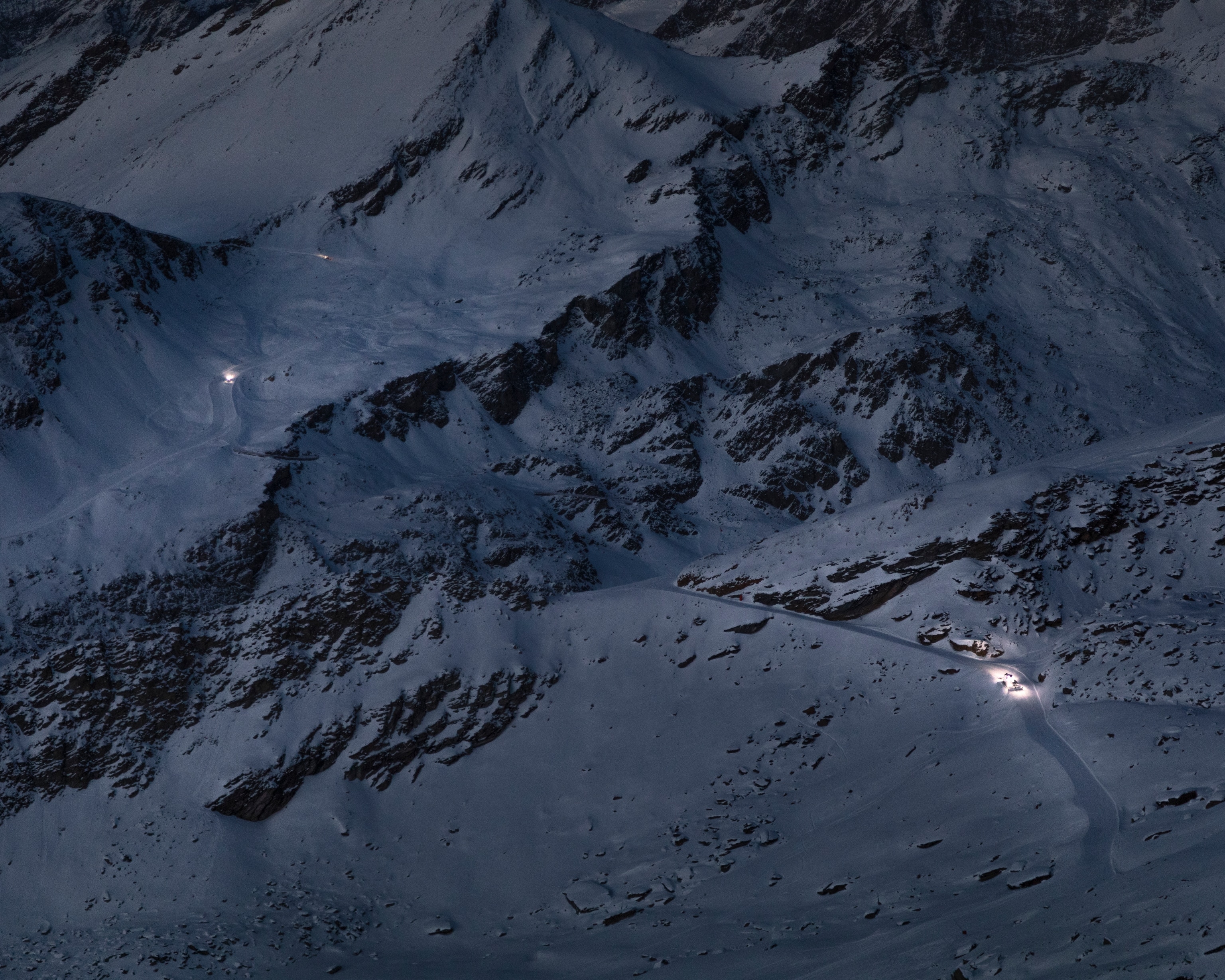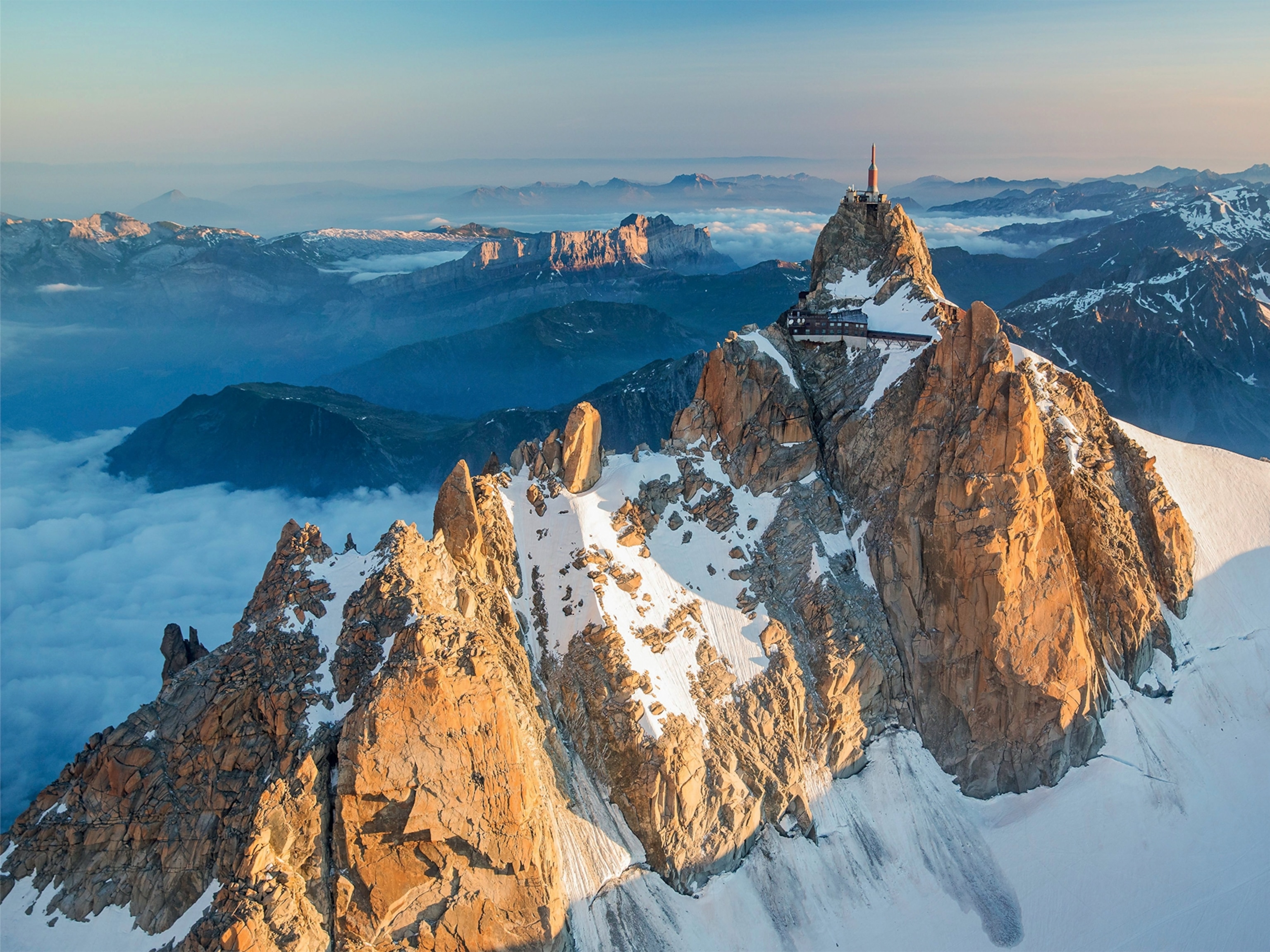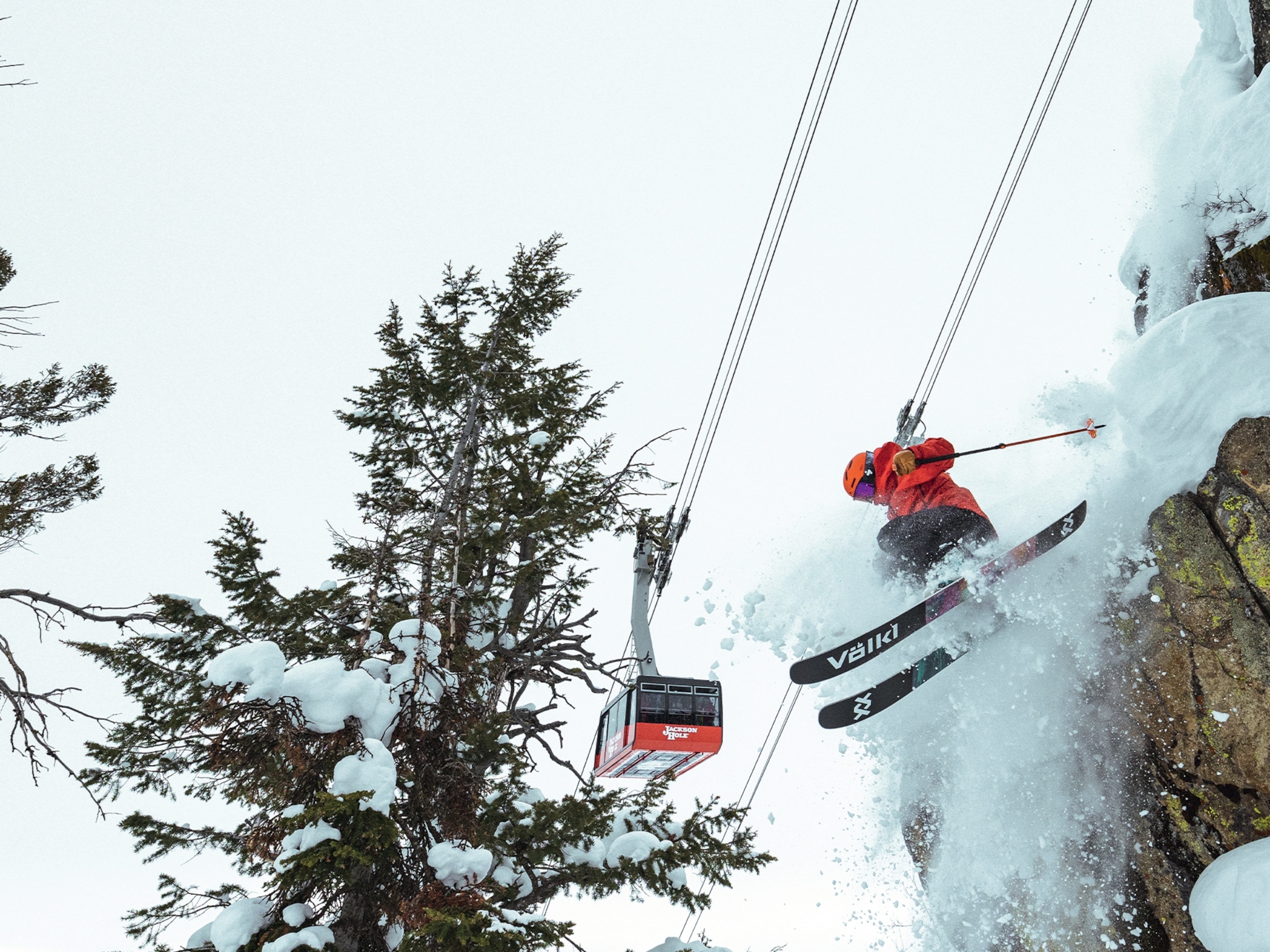Last year, the coronavirus pandemic knocked on the door of Daniele Herin’s remote ski resort in Breuil-Cervinia, a village perched on the Italian Alps overlooking the Swiss border. That day—March 9, 2020—Italy announced a national lockdown to halt the spread of coronavirus. Herin felt powerless; he had no choice but to tell his guests to leave.
Just a few miles away from Breuil-Cervinia lies the celebrated ski hamlet of Zermatt, in Switzerland. Together, the two towns form a ski area called Matterhorn Ski Paradise, about 135 square miles of slopes renowned for challenging routes and breathtaking views, including the highest vantage point amid the surrounding peaks.

Although separated by an international border, the towns are connected by a shared mountain culture—and by tourism, which every winter season, between November and May, attracts as many as 160,000 sports lovers from around the world.
But the pandemic unexpectedly broke a long-forged balance, as Switzerland and Italy responded to COVID-19 measures in disparate, almost irreconcilable, ways.
The ‘new normal’
In Italy, ski resorts remained closed for the duration of the winter season in response to tight restrictions following a rise in coronavirus cases, which spiked in January 2021. But on the Swiss side of the border—visible from the Italian side—things remained almost unchanged.
Since the recent ski season began in November 2020, colorful jackets have contrasted against the white snow along Zermatt’s slopes, while the clattering of snowshoes and voices resonated across the border. That’s because Swiss authorities decided to keep resorts open and to allow outdoor gatherings of up to 15 people. The decision transformed the Breuil-Cervinia–Zermatt border into a symbol of the new COVID normal, where divergent daily routines coexist within a relatively small geographic area.
The pandemic had significant economic repercussions on Zermatt’s tourism economy: the town’s tourist information office reports 45 percent fewer visitors compared to 2020. But even that diminished figure dwarfed visitation numbers in Italy, which did not welcome travelers.
(Could skijoring become America’s next extreme winter sport?)
“At least we’re open. I cannot imagine the resounding silence wrapped around Breuil-Cervinia these days, just a few meters from where I’m standing,” says Mathias Imoberdorf, public relations manager of the Zermatt Bergbahnen, the Swiss side of the Matterhorn Ski Paradise. “As workers in the tourism sector, we empathize with Italians’ sorrows.”
The Italian resort, Cervino Ski Paradise, registered a loss of some 7 million euros ($8 million) due to protracted closures and ongoing maintenance costs. The only humans on the slopes are snowcat drivers, who keep busy grooming trails for no apparent purpose. Valle d’Aosta, the Italian region that includes Breuil-Cervinia, is home to 174 ski facilities; tourism revenue makes up about 80 percent of the area’s GDP. In January, the area lost about 204 million euros ($240 million) due to winter tourism closures.
“Seeing the mountains and slopes so empty is a real heartache. If you strain your ear, outside, you can just hear the sound of the wind,” says Herin from his resort in Breuil-Cervinia.
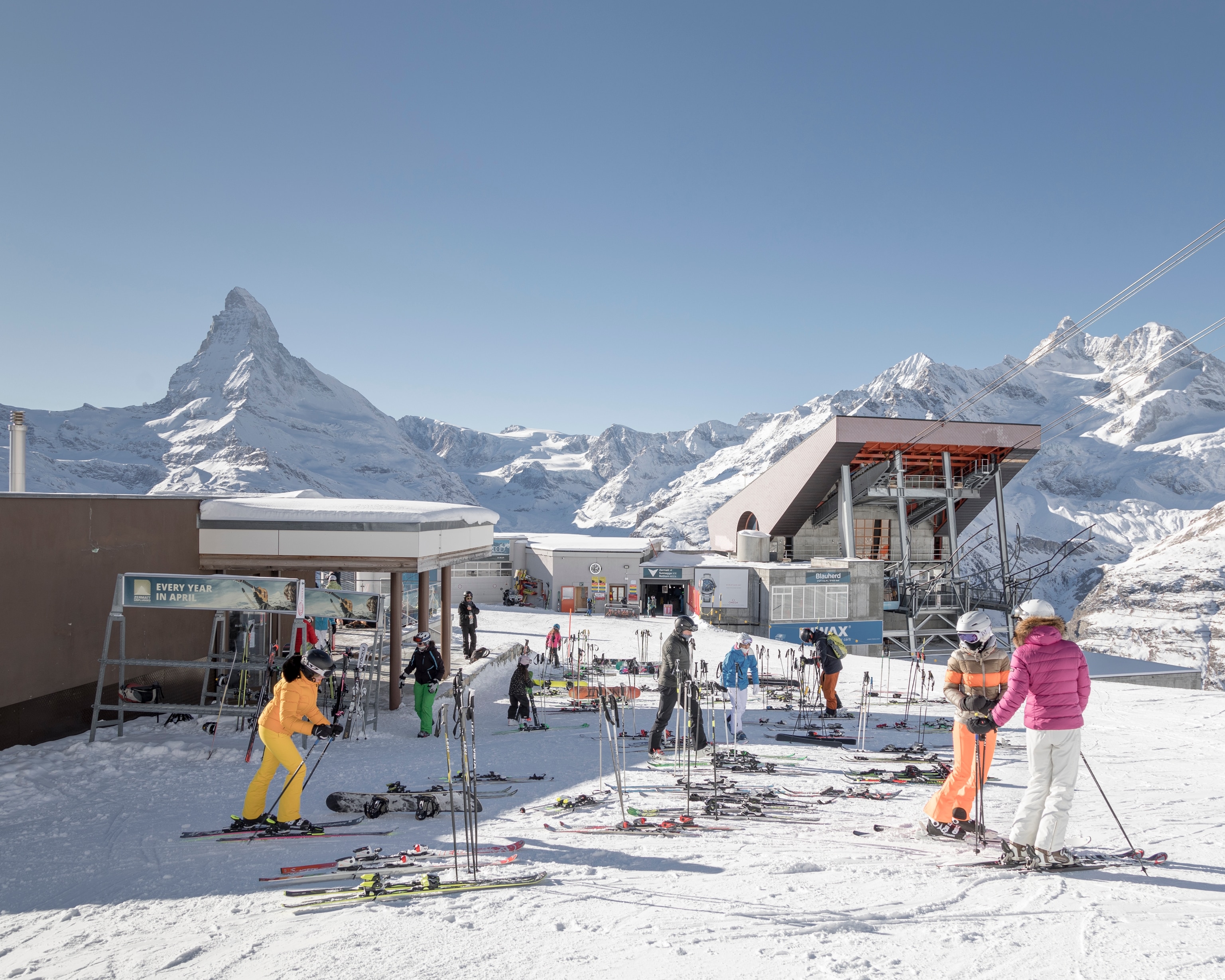
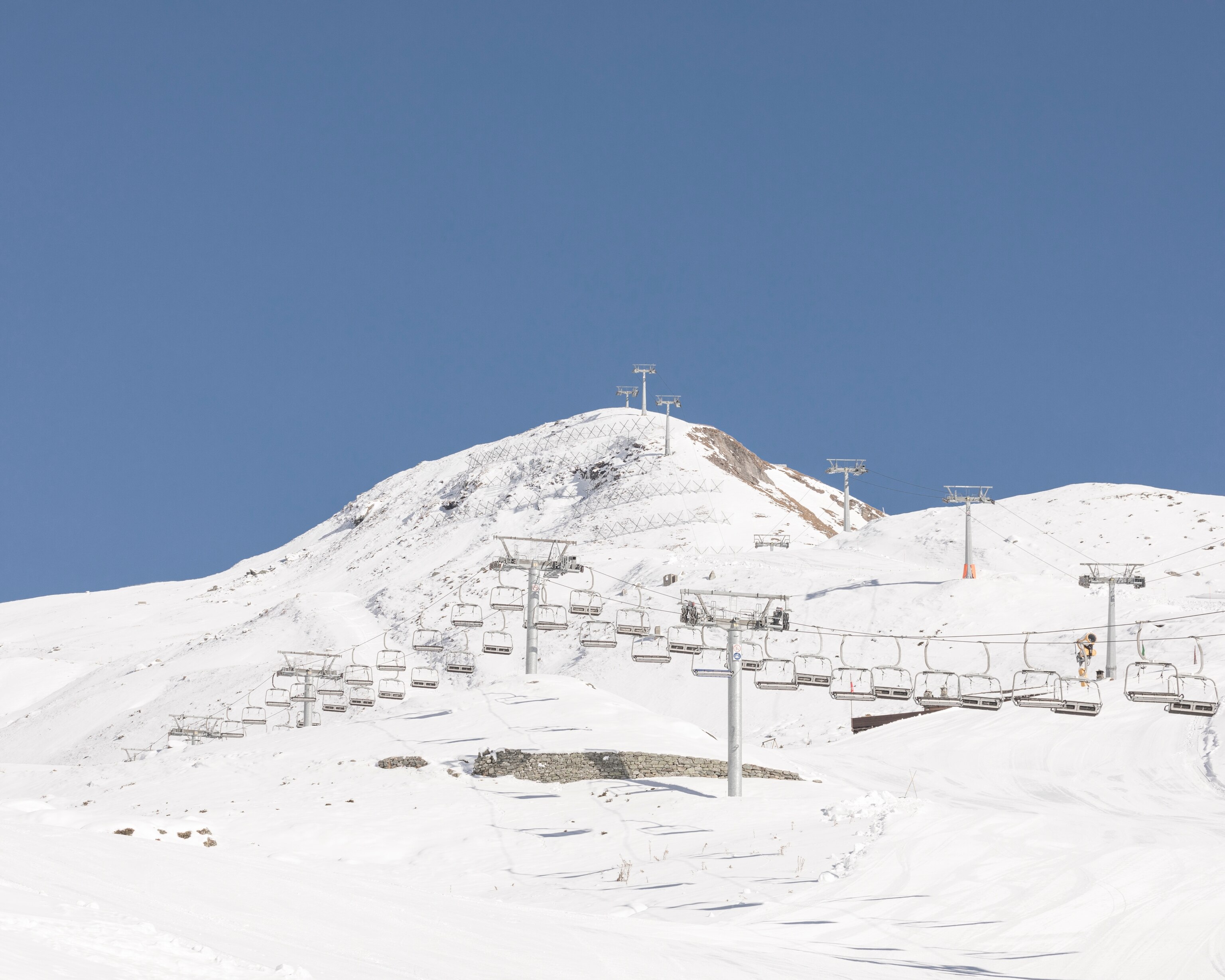


For both towns, 2020 was a test. The season began with the highest turnout of the past two decades, and the lockdown only affected the last few weeks of winter in March and April. When the entire ski area reopened in summer, it saw a boom in hikers, notably families eager for open-air, beginner-friendly activities.
(These are the best ski resorts for families.)
But 2021 has been the real challenge for European ski resorts, as they experience the impact of restrictions and international travel concerns in full, says Herin. At Cervino Ski Paradise, only 25 of its 260 employees are currently on duty.
While Italian ski resorts were waiting for a potential re-opening in February, restrictions at that time allowed table service at local restaurants for lunch. In contrast, Swiss restaurants could only offer takeout. This strange inconsistency—closed slopes and open restaurants in Italy, just the opposite in Switzerland—created confusion. Many visitors would cross from Switzerland to Italy to enjoy some rest after a day of skiing.
“Guests would often tell me it had been over a year since they were last able to enjoy a hot meal at a restaurant table,” says Lucio Trucco, owner of the restaurant Rifugio Guide del Cervino in Breuil-Cervinia. In February, he managed to serve an average of 30 people a day, a far cry from the 250 he’d normally welcome daily before the pandemic.

But in March, Italy introduced stricter measures, and crossing between Italy and Switzerland was suspended once again, leaving Trucco with no choice but to close his restaurant and hope for better days to come.
Empathy across geography
Anna Maria Pioletti, geography of tourism professor at the University of Valle d’Aosta, explains that border communities have been the most affected by opposing coronavirus measures, which often depend on local cultural factors. For remote villages along international borders, the pandemic emphasized their political separation and destabilized their sense of cultural cohesion.
(Here’s how to scale the “iron paths” of the Dolomites.)
“Even though we’re talking about two villages in two different countries, they have always perceived themselves as one, united regional territory,” Pioletti explains. “Mountain villages are culturally similar, so they often identify more with a foreign, but closer, community rather than the closest city down valley in their own country.”
Pioletti suggests that this pandemic has emphasized the perception of fixed borders at a crucial moment, when those concepts in geography had started becoming more fluid. For years, Swiss and Italians, as well as foreign visitors, had taken for granted the possibility of skiing across the Matterhorn border without issues.
Today, a yellow rope strung across the ski slopes divides the two sides. But it hasn't yet frayed residents’ emotional bonds.
“For us, we’re one whole community. The political border is just an imaginary line,” says Imoberdorf.
“2020 was hard, but it taught us that teamwork is more important than ever, even long-distance,” says Herin. As this year’s ski season draws to a close, both villages look toward the future.
A new cable car that will facilitate international alpine border crossing is scheduled to start running in 2022; it’s expected to strengthen the two towns’ social and economic bond.
“It will be a long path to economic and psychological recovery for us, because all our lives here revolve around winter tourism,” Herin adds. “This place is not like any other region of Italy or Switzerland that can rely on trade, farming, or other industries. We only have this. So we’re really ready to begin again.”
